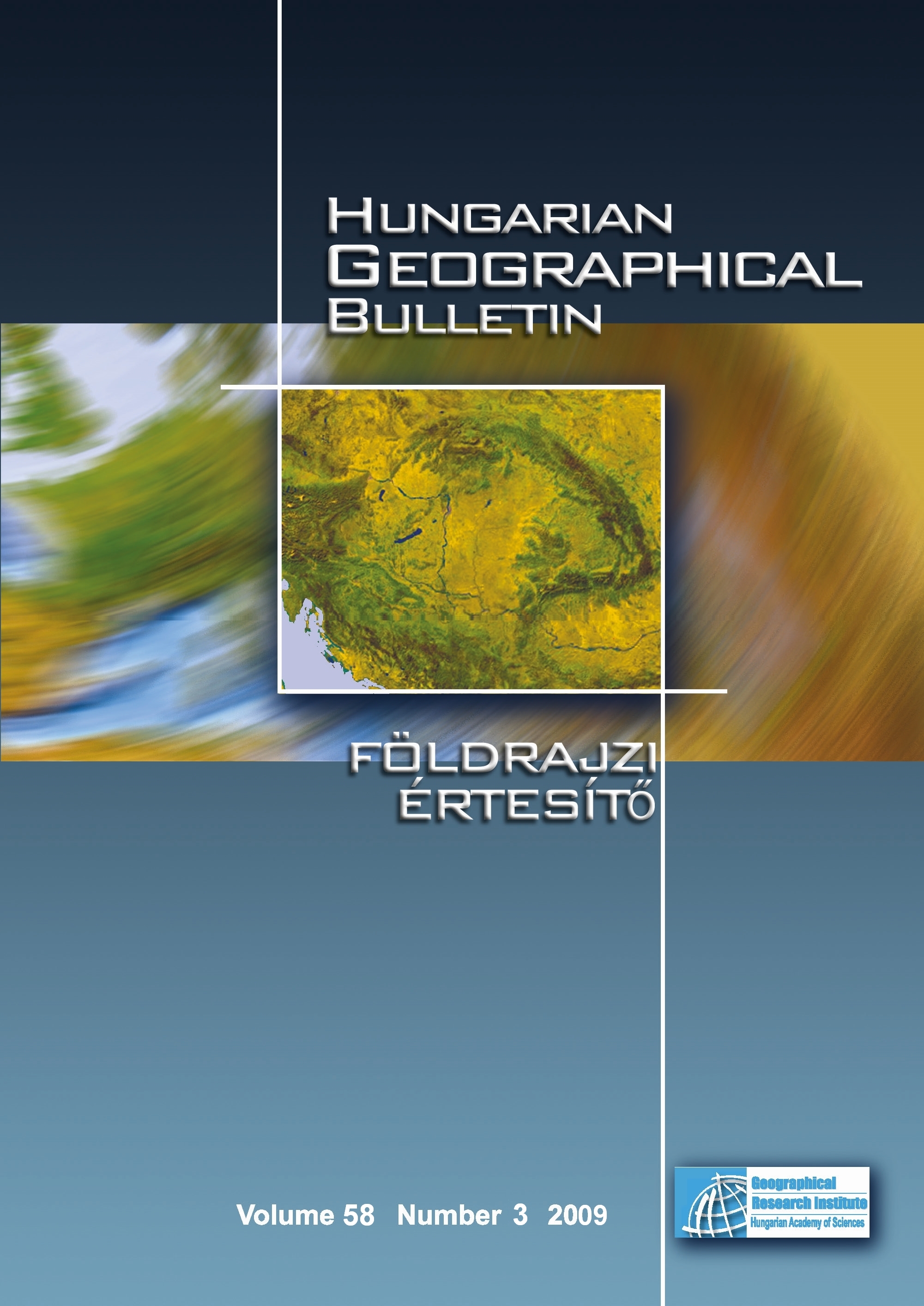Gully- or sheet erosion? A case study at catchment scale
Abstract
Soils have become an increasingly important natural resource especially in an agricultural land such as Hungary. In addition to this sedimentation and eutrophycation pose a high risk for the landscape. To protect soil fertility and to maintain the good quality of freshwater resources it is necessary to clarify the connection between sheet and gully erosion. The aim of this paper is to present an analysis on erosion and sedimentation in a hilly watershed, i.e. in the Tetves catchment, Hungary. At the outlet of the basin a sediment reservoir can be found which has been filled up completely. The authors made an attempt to determine the origin of the sediment by investigating it in the reservoir. More topsoil underlines the role of sheet erosion in the catchment, while more subsoil in the reservoir means considerable gully erosion activity. Six sampling sites were appointed along the reservoir. At each point samples were taken as a collection of seven borings. Each profile was divided into horizons and altogether 32 samples were investigated. Humus content and Caesium-137 activity have been used as tracers of the topsoil. Gully erosion activity has been investigated in the whole catchment during three years (1968, 1984, and 2004) using maps, air photos and field survey.
Approximately half of the deposited sediments came from the subsoil layer. This fact proves the key role of gully erosion in the catchment. In addition the results show that the activity of gully erosion has a yearly fluctuation on one hand and a 5–10 years periodicity on the other. In general early springtime caused low volume topsoil to have been deposited in the reservoir and during the periods of thunderstorms (late summer) a high volume of subsoil was eroded and delivered beyond the limits of the basin. This periodicity can be seen in the stripped profile of the reservoir. According to both gully development and sedimentation, the most active period of subsoil sediment transportation occurred in the catchment between 1984 and 1995. Based on the investigations it can be estimated that roughly 10% of the soil eroded by gullies leaves the catchment while the rest is sedimented inside.
Copyright (c) 2009 Gergely Jakab, Balázs Madarász, Zoltán Szalai

This work is licensed under a Creative Commons Attribution-NonCommercial-NoDerivatives 4.0 International License.






